Like so many metropolitan areas, Houston, Texas, has a high population of feral and stray animals. In recent years, reports have listed the number of stray dogs at more than a million. That’s a big number. But the number of stray and feral cats on the streets of Houston is likely a figure that reaches much higher.
It’s an issue that’s only getting worse as ‘kitten season’ lasts nearly year-round in the Texas warmth. This creates litter after litter, adding to the trouble. And life outside is tough, leaving many of these felines ill or injured with no help. But groups like Space City Cats are out there every day, trying to help the community cat populous through the power of TNR. If you’re not sure what that means or how such efforts make an impact, let Caleb of Space City Cats explain.
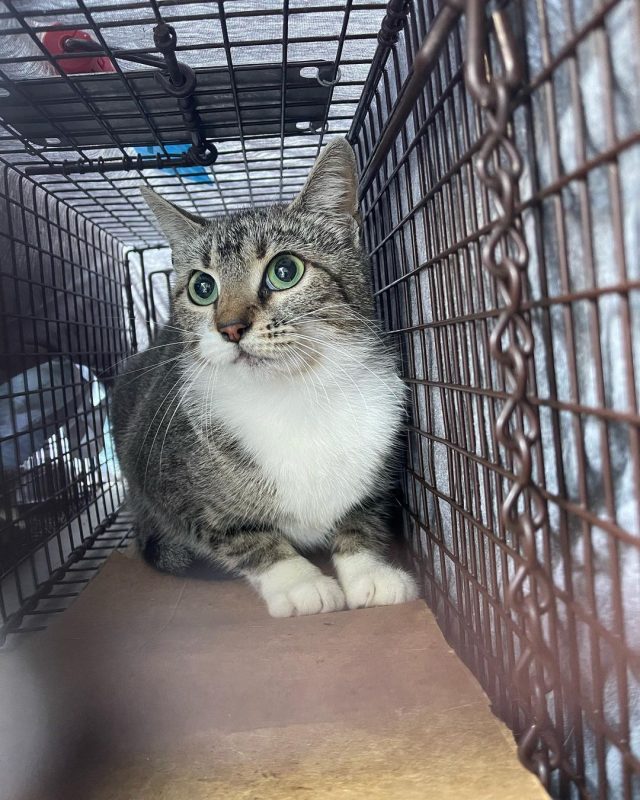
So Many Kitties Roaming The Big City
When iHeartCats asked Caleb of Space City Cats, a non-profit focused on TNR efforts, about the population of stray and feral cats in Houston, he explained, “You really can’t go anywhere in Houston without spotting a stray cat.”
“They are everywhere: under houses, behind shopping centers and gas stations, next to industrial buildings and office parks.”
But what do you do with so many cats in need of better living? There aren’t enough homes, and not all felines are suited for indoor living. Other solutions are needed, and one of the best options for helping kitties who live on the streets is Trap-Neuter-Return Programs.

To explain how TNR works for community cats, Caleb first asks, “Have you ever been walking around your neighborhood and noticed a group of cats gathered around two or three plastic Tupperware containers filled with dry food, and when you get kind of close to these cats they scurry away?”
If you live in a larger city, the answer is likely yes. What you’ve witnessed is a community cat colony.
RELATED: The Difference Between Feral & Stray Cats – And What You Can Do
“Community cats are typically feral, meaning they are wild and do not like humans, but can sometimes be friendly strays that were dumped or escaped from their former home,” said Caleb. “These cats live outdoors and coexist amongst each other.”
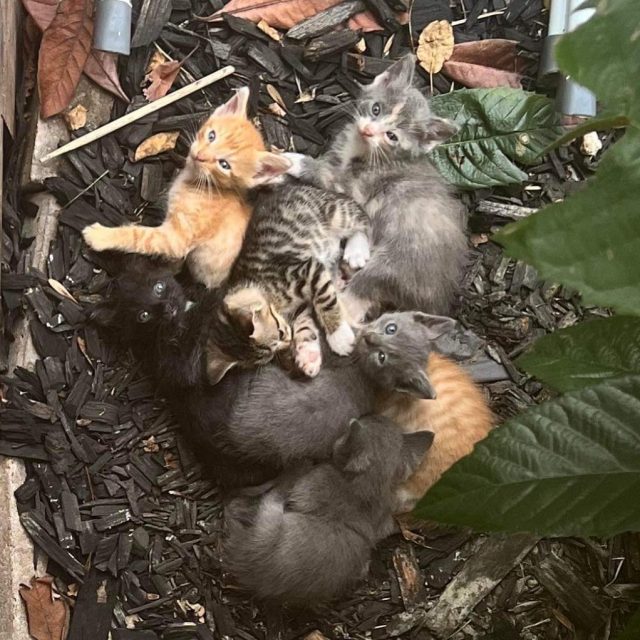

But When Left Unchecked…
And it’s wonderful these kitties can live in a harmony of sorts. But when cats are left to what cats do without sterilization and vaccinations, things can get unhealthy in a colony very fast. Caleb elaborates, “If left unchecked, colonies can explode in size because cats reach sexual maturity at such a young age and breed almost year-round.”
“When colony sizes increase without a corresponding increase in resources, cats will fight for food, leave the colony in search of food, or get sick and die.”
Trap-Neuter-Return programs work “to stabilize cat colonies and improve the lives of the colony cats” by catching them via humane traps, getting them fixed and vaccinated for rabies, and then returning them to their colony after a couple of days of recovery.

It’s a lot of work, but the better living it provides for felines who would otherwise be trapped in their cycle of breeding and fighting is well worth the effort.
And Out They Go
But TNR efforts do lead some cat lovers to ask why these cats go back outside and not into homes. The answer is simple. There aren’t enough homes for all the cats out there, and, as Caleb also points out, “We put them back outside because they are wild animals, and the outside is their home!”
It’s true; not all cats can be convinced to live inside when all they know is the outdoors. Space City Cats does their best to find homes for friendly cats, “but if we spent all of our time and effort on trying to socialize wild animals, we’d never make a dent in the problem.”
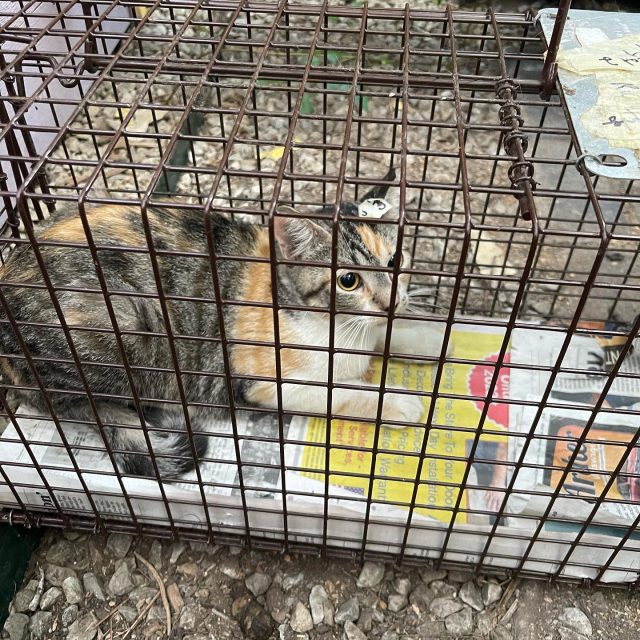
And for every dent Space City makes in the unfixed community cat populous, fewer kittens are born into the cycle. But it’s a solution that takes a lot of time and money, two things that seem to always be in short supply.
The Challenges of Cat Wrangling
One of the problems with helping manage community cat programs is time, or the lack thereof, rather. Wild cats don’t just hop in traps, and surgeries don’t happen out of thin air. There’s a lot of planning because, as Caleb revealed, “You have to scope out a location, talk to neighbors, trap, transport to and from the vet, recover the cats post-surgery, and release the cats after a couple of days.”
And these cat lovers aren’t getting paid. This good work for cats is done by volunteers who are just “regular people.”
“We all have jobs and families and other responsibilities,” said Caleb. “I say that because there are cat lovers out there who know the stray cat problem is bad, and they want to make a difference, but they don’t know how.”
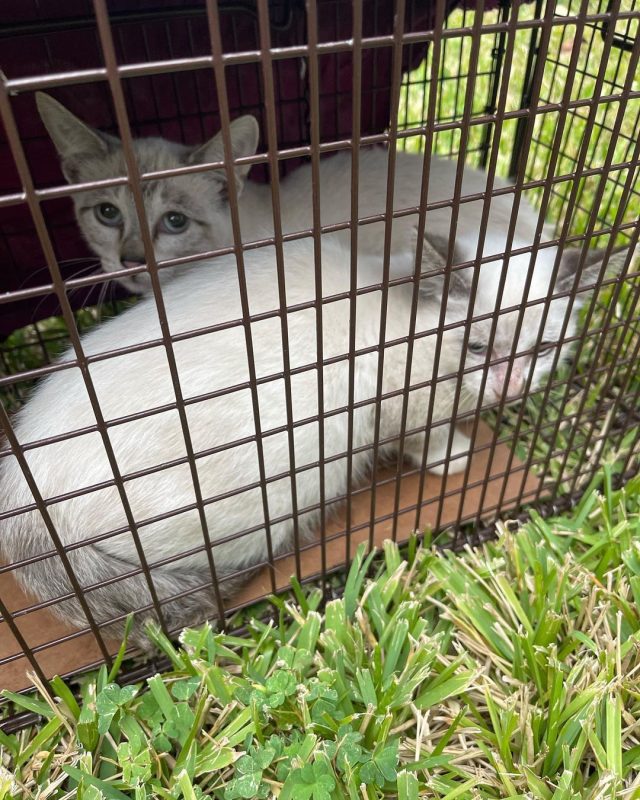
“You don’t have to work for a shelter or be an expert to do something about the stray cats in your neighborhood. There are ample resources online that will teach you how to do TNR, and there are TNR organizations in your area that could use your help or will loan you traps.”
Space City is a small group, and they can only reach so many cats. In just the first half of 2023, they’ve already trapped 164 cats, and “roughly 85% of those are TNR with the balance being rescue cats.” And while there numbers served are remarkable, these cat caretakers hope to encourage others to cause, with Caleb sharing, “Our dream is for cat lovers all over Houston to take responsibility for the stray cats on their street and learn TNR so that we can really solve this problem.”
RELATED: Glimpse The Lives Of A Feral Cat Colony That’s Cared For By The Community
Lack of Cash Is Another Issue
But even if every cat lover picked up a trap and got started, helping cats takes quite a bit of money…”money for traps, gas money, money for surgeries, cat food, and more.”
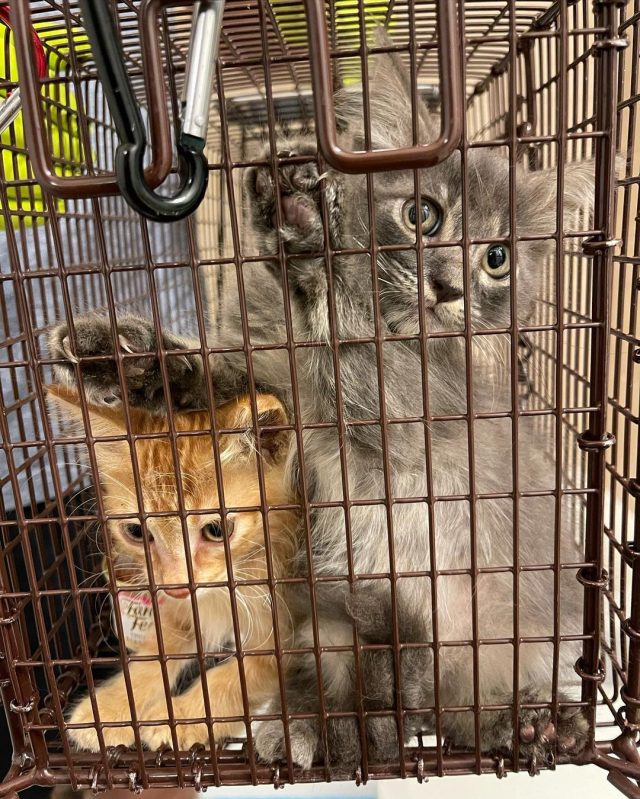
Space City Cats raises funds through social media, and even with their “truly wonderful supporters,” they still spend a lot of their own personal cash to fund the mission. And that is where we at iHeartCats want to help out! While we can’t get out and help trap cats in Houston, we want to help Space City Cats fill their coffers so they can help even more cats. Check out how you can donate to the Space City Cats’ cause via iHeartCats and fund better lives for community cats!
Feature Image: Space City Cats/Instagram

